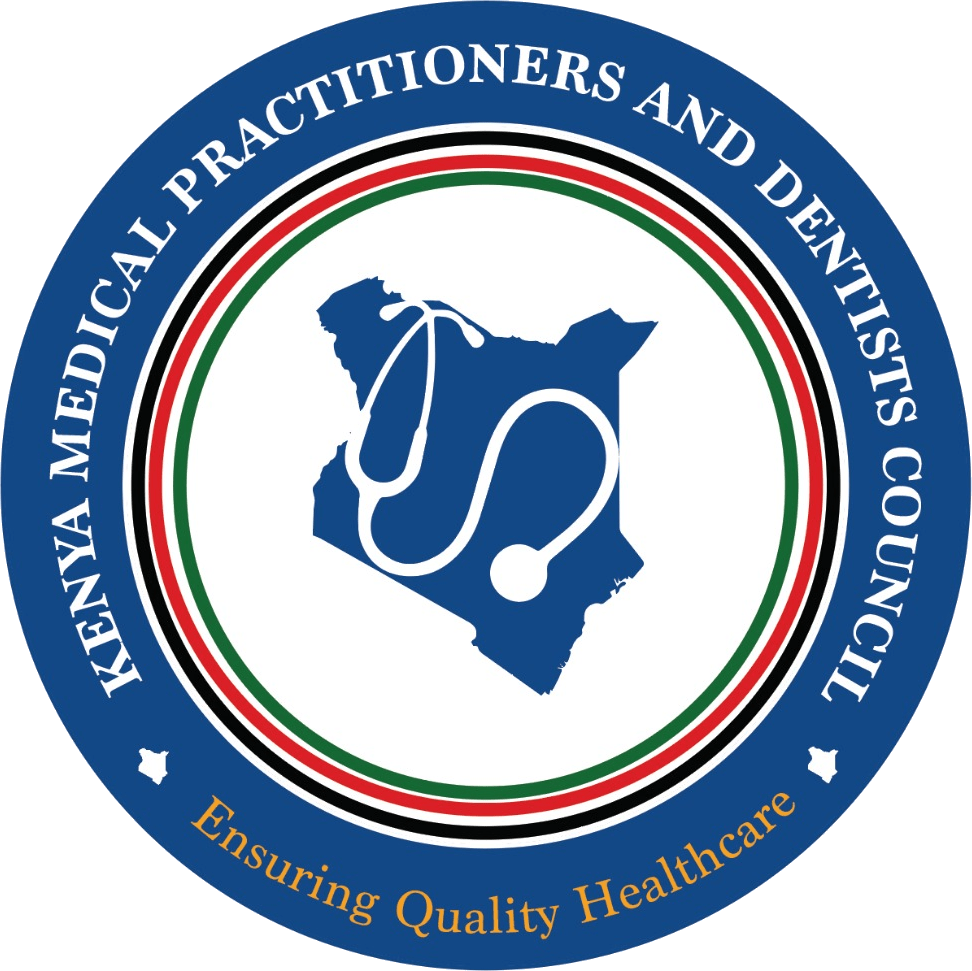Starting on:
Jun 20, 2025
Ending on:
Jun 20, 2025
Moderator(s):
Boardroom
Max Credits:
3 Points
Provider:
Plainsview Nursing Home
Claim Points
Jun 20, 2025
Ending on:
Jun 20, 2025
Moderator(s):
Dr.
Philip Kilonzo
MBChB
Venue: MBChB
Boardroom
Max Credits:
3 Points
Provider:
Plainsview Nursing Home
Claim Points
Birth Asphyxia
Starting on:
Jun 20, 2025
Jun 20, 2025
Ending on:
Jun 20, 2025
Jun 20, 2025
Venue:
Boardroom
Boardroom
Description
Birth asphyxia is a medical condition where a newborn's brain and other vital organs are deprived of oxygen before, during, or after birth, often due to complications during childbirth. Symptoms can include a low Apgar score, poor muscle tone, weak breathing, and a low heart rate, and it can lead to serious long-term issues like cerebral palsy. Treatment focuses on immediate resuscitation and may involve interventions like cooling therapy (hypothermia) to protect the brain.
Objectives
Causes and risk factors
During pregnancy: Complications like placental problems, maternal hypertension, or fetal growth restriction.
During labor: Umbilical cord issues (e.g., compression, prolapse), prolonged labor, or meconium-stained amniotic fluid.
After birth: Failure to initiate breathing, which can be due to various factors.
Symptoms
Low Apgar scores at 1 and 5 minutes after birth, indicating issues with heart rate, breathing, or muscle tone.
Poor skin color.
Weak muscle tone.
Weak or gasping breathing.
Low heart rate.
Seizures, which can indicate brain injury.
Diagnosis
A doctor will assess the baby's condition immediately after birth using tools like the Apgar score.
Other diagnostic tools include blood tests to check acid levels in umbilical cord blood, neurological exams to check reflexes and muscle tone, brain imaging (like MRI or ultrasound), and tests to check organ function.
Treatment
Immediate Resuscitation: The first step is to establish breathing through methods like drying, warming, and stimulating the baby, sometimes using a bag-and-mask device.
Therapeutic Hypothermia: Cooling the baby's body for a period of time (around 72 hours) can help reduce brain damage.
Other Treatments: Depending on the severity, other treatments can include high-frequency ventilation, inhaled nitric oxide, or Extracorporeal Membrane Oxygenation (ECMO) to provide life support and oxygen.
Presenters
-
Dr.
Philip Kilonzo

